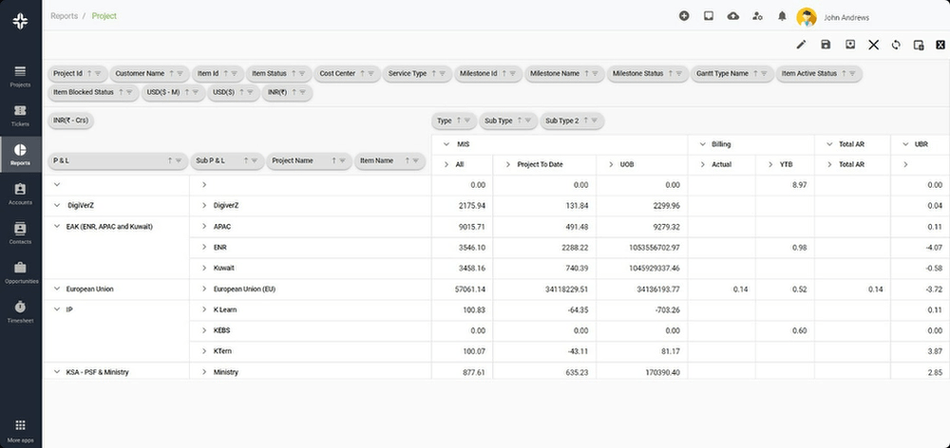Home » PSApedia
Critical Path
Identify and Streamline Critical Path Tasks. Explore the Key to Project Management!

What is the Critical Path?
The Critical Path is a sequence of stages determining the minimum time required to complete a project. It identifies the longest stretch of dependent activities and, hence, the shortest time in which a project can be completed.
In the realm of Professional Service Automation (PSA), understanding the critical path is essential to streamline operations and ensure timely project delivery.
Importance of the Critical Path
In the dynamic environment of professional services, delays can be costly. The Critical Path method:
1. Ensures Timely Delivery: By identifying the longest sequence of tasks, teams can prioritize effectively.
2. Optimizes Resource Allocation: Knowing the critical tasks helps in allocating resources where they are most needed.
3. Enhances Forecasting: It aids in predicting project end dates and potential delays.
4. Improves Financial Management: Timely project completion can lead to better financial management and cash flow.

Why Critical Path is so important?
Calculating the Critical Path
To calculate the Critical Path:
1. List all tasks required to complete the project.
2. Estimate the duration for each task.
3. Identify dependencies between tasks.
4. Draw a Network Diagram.
5. Identify the longest path in the diagram.
Example:
Imagine a project with three tasks:
A takes 5 days and is the starting point.
B takes 3 days and can only start after A.
C takes 2 days and can start simultaneously with B.
The Critical Path is A -> B, taking 8 days in total.
Critical Path vs Other Project Management Techniques
While the Critical Path focuses on the longest sequence of tasks, other techniques like Gantt Charts offer a visual representation of all tasks in a project. The Critical Path is embedded within the Gantt chart but is distinct as it highlights the sequence that directly impacts the project’s completion date.
| Aspect | Critical Path | Other Project Management Techniques |
|---|---|---|
| Focus | Emphasizes task sequencing and identifying the longest path in the project. | May focus on various aspects, such as resource allocation, risk management, or collaboration. |
| Dependency Modeling | Primarily relies on task dependencies to determine project duration. | May incorporate resource dependencies, skill requirements, and client interactions. |
| Complexity Handling | Best suited for projects with well-defined tasks and clear dependencies. | More adaptable to complex, dynamic projects that require continuous adjustments. |
How the Critical Path is Used in PSA?
In PSA, the Critical Path method is integrated into project management software.
1. Prioritize Tasks: By identifying critical tasks, teams can focus on what’s essential.
2. Allocate Resources: It aids in resource management, ensuring that key tasks have the necessary manpower.
3. Monitor Project Progress: Teams can track if they’re lagging behind and make necessary adjustments.
4. Improve Client Communication: With a clear project timeline, it’s easier to set and manage client expectations.
Ready to Optimize Your Projects?
KEBS offers a comprehensive suite of tools tailored for Professional Service Automation. With features like ticket management and deal management, KEBS ensures that every aspect of your service delivery is optimized.
By integrating the Critical Path method, KEBS helps businesses. With tools like timesheet management, teams can track time spent on critical tasks. With integrated financial management software, businesses can better predict revenue streams. Through transparent billing and timesheet software, foster trust with clients.

KEBS Project Management
Ready to optimize your projects and streamline operations? Contact KEBS today or request a demo to see the platform in action.



